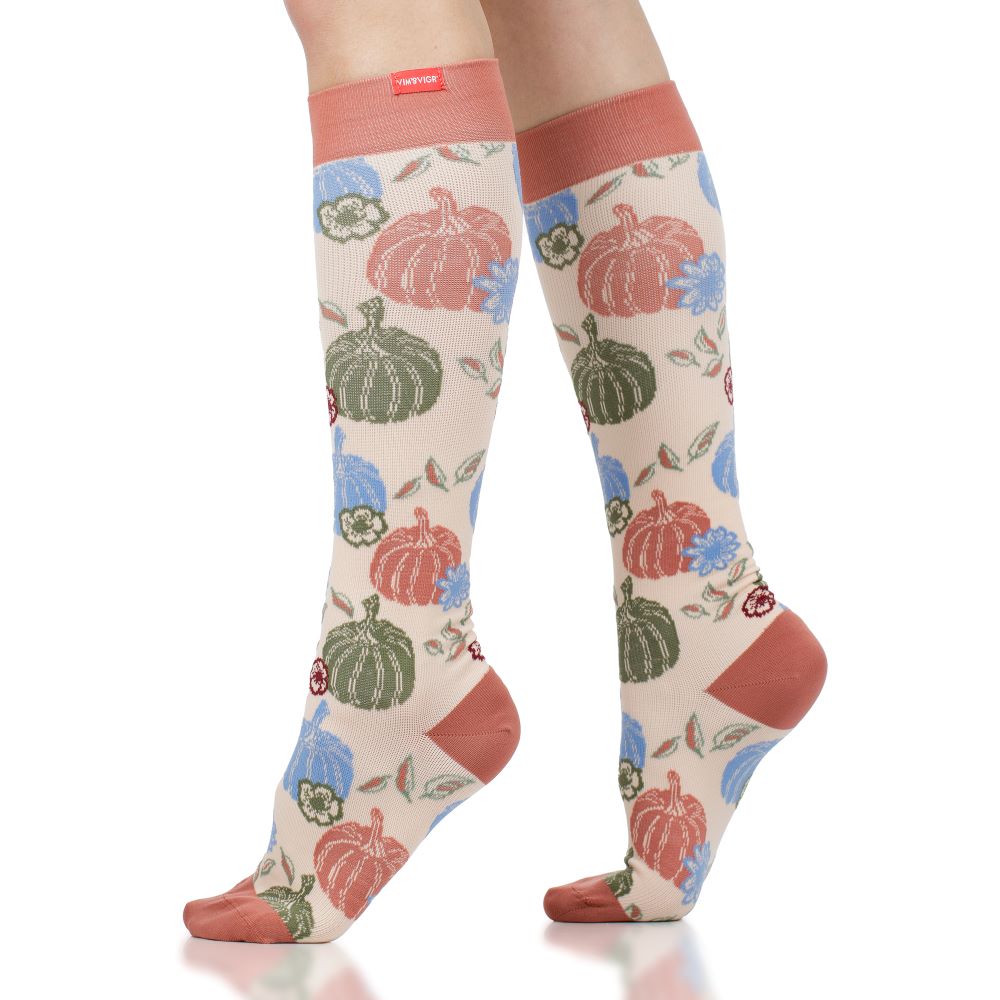My Journey to a Dysautonomia Diagnosis – Sarah's Story
October is Dysautonomia Awareness Month. Dysautonomia is an umbrella term for a variety of conditions including Post Orthostatic Tachycardia Syndrome (POTS), Ehlers Danlos Syndrome (EDS), and Neurocardiogenic Syncope (NCS). It's estimated that over 70 million people worldwide live with a form of Dysautonomia.*
We have talked about Dysautonomia on our blog before, and we asked VIM & VIGR Brand Ambassador, Sarah, to share her journey to a dysautonomia diagnosis with us in this blog.

My journey to a diagnosis is a long and winding road. It started in 2002 when I was five years old. I was standing in a local CVS with my mom, waiting in line to pick up a prescription. One moment, I was standing and looking at all the different boxes in the aisle, and the next minute, I was lying on my back on the dirty carpet, my vision grey and fuzzy, like television static. I remember being confused and having no idea what happened. From there, came multiple hospital visits, countless blood tests, EKGs, Holter monitors, echocardiograms, and a diet of Gatorade. I was eventually diagnosed with Vasovagal Syncope and hoped my troubles would be over with that diagnosis.
Fast forward about 15 years later, and I was still left wondering why my body constantly felt like it was falling apart. As a lifelong dancer and performer, I was used to the consistent joint pain and constant injuries, like easily twisted ankles and subluxing limbs. It wasn’t until I was in my late teens that I started to realize that all of the other things I was experiencing on a daily basis were not normal things that everyone experienced. For me, a normal day would often include lightheadedness almost every time I stood up, heart palpitations, chest and rib pain (costochondritis), low blood pressure, migraines, nausea, fatigue and lethargy, temperature regulation problems at night, and many more frustrating symptoms.

After suffering a severe dance injury in high school, I had a doctor mention I likely had Ehlers-Danlos Syndrome but I was never officially diagnosed. I’m lucky enough to live in an area where there are a handful of doctors who are aware of autonomic disorders and this past spring I was able to see a geneticist who officially gave me the diagnosis of Ehlers-Danlos Syndrome, Postural Orthostatic Tachycardia Syndrome (POTS), and Dysautonomia. Getting an official diagnosis helped relieve some of the anxiety I harbored that I was making up all of these symptoms and it only existed in my head. The hardest part about these conditions is that they are considered “invisible illnesses” and there are currently no cures for any of them. Most doctors recommend things like increasing salt intake, wearing compression garments (thanks VIM & VIGR!), and staying hydrated.
Even though Dysautonomia is rarely talked about, more than 70 million people worldwide are estimated to be affected by this condition. It is my hope that more funding for research will be allocated to find more effective treatments, so people like me can feel at home in their bodies.
How do compression socks help?
For patients with POTS or other autonomic disorders, doctors often recommend compression socks to help relieve symptoms. According to Dysautonomia International, "medical compression stockings can help prevent or minimize dysautonomia symptoms such as lightheadedness, fainting, low blood pressure, tachycardia, fatigue, “brain fog” and muscle pain caused by blood pooling in the legs."
Check out our medical-grade compression socks.
Want to learn more?
Visit Dysautonomia International's online resources.
Sources
* Dysautonomia International, "What is Dysautonomia?"


















Leave a comment